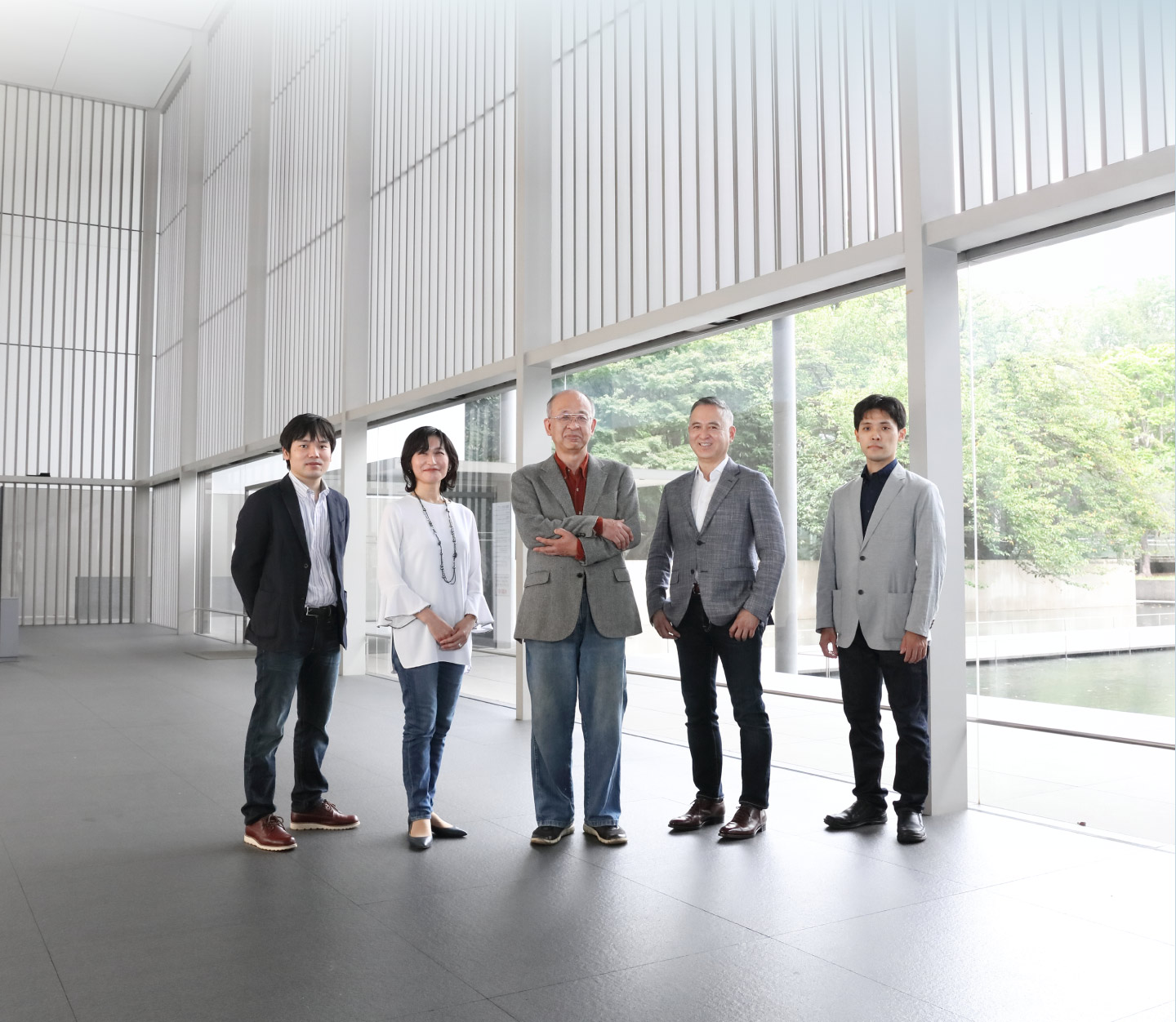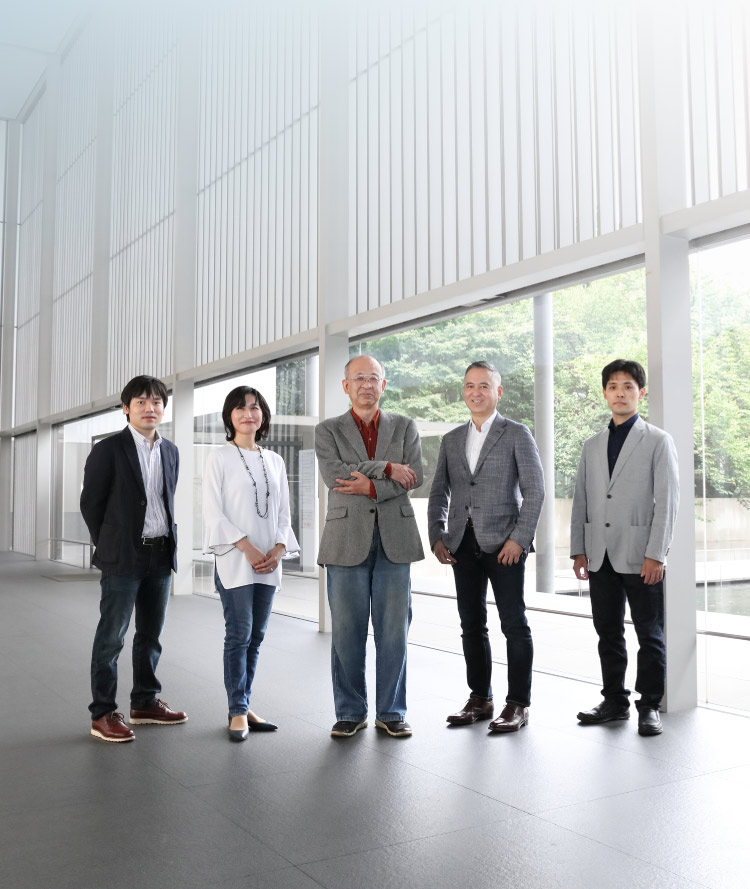About miRaX and miRNA
miRaX Therapeutics is a preclinical-stage biotech company developing antisense oligonucleotide therapies based on microRNA silencing technology. Founded in 2020, miRaX targets gene regulatory networks involved in the initiation and progression of human diseases, with a focus on inflammation-based diseases, including fibrotic diseases and cancer.
MicroRNAs (miRNAs, miRs) are small non-coding RNAs with about 20-25 nucleotides in length, first reported in Caenorhabditis elegans in 1993. MiRNAs act as post-transcriptional gene expression regulators; they bind to the target messenger RNAs, resulting in the target gene silencing via translational repression, degradation, and cleavage. Each miRNA forms a network with a group of coding genes to regulate essential biological processes such as development, differentiation, inflammation, immunity, and stress response*.
Accumulating evidence demonstrates that abnormally overexpressed miRNAs in cells disrupt gene regulatory networks and cause diseases. Recent studies also suggest that suppression of overexpressed miRNAs will restore the function of gene regulatory networks and lead to novel therapies. To achieve this, miRaX uses unique miRNA inhibitors, Tough Decoy (TuD) and Synthetic Tough Decoy (S-TuD), developed at the University of Tokyo and Chiba University.
Here is an example of the excellence of TuD/S-TuD. When the activity of specific miRNAs in epithelial cells is inhibited for 2 weeks by TuD, epithelial-mesenchymal transition** occurs, and epithelial cells change into cells with characteristics of mesenchymal cells. This experiment shows that the expression level of particular miRNAs determined the phenotype of a cell. Strong miRNA inhibitory effects of TuD/S-TuD enabled this drastic phenotypic change.
Epithelial-mesenchymal transition induced by miRNA inhibition

Thirteen days of inhibition of specific miRNA levels with TuD vectors induced epithelial-mesenchymal transition. The mesenchymal phenotype then reversed to epithelial one after removal of the inhibition. Cells are triple-stained with E-cadherin (epithelial marker, red), Vimentin (mesenchymal marker, green), and DAPI (cell nuclei, blue).
Based on over a decade of experience in miRNA R&D, we address the high unmet medical need for novel therapeutics with improved efficacy and safety. Even with today's advances in medicine and medical care, there are still diseases without cure. Anti-miRNA therapies will be a new approach to developing treatments for incurable diseases.
* MiRNAs recognize a group of messenger RNAs with complementary sequences and suppress their degradation and translation using a mechanism called RNA interference, thereby reducing the expression of target messenger RNAs to low levels.
** Epithelial-mesenchymal transition is an essential process in the normal development of organisms, but it is also known to be involved in the invasion and metastasis of cancer.









Key Therapeutic Areas
The company's technology will apply to a wide range of currently unmet medical needs. Now, miRaX focuses on the following areas:
- Inflammation and fibrosis
- Oncology





CONTACT
| miRaX Therapeutics K.K. |
| 3-28-5 Kanda-Ogawamachi, Chiyoda-ku, Tokyo 101-0052 GOOGLE MAP |
| contact@mirax-t.co.jp |



















